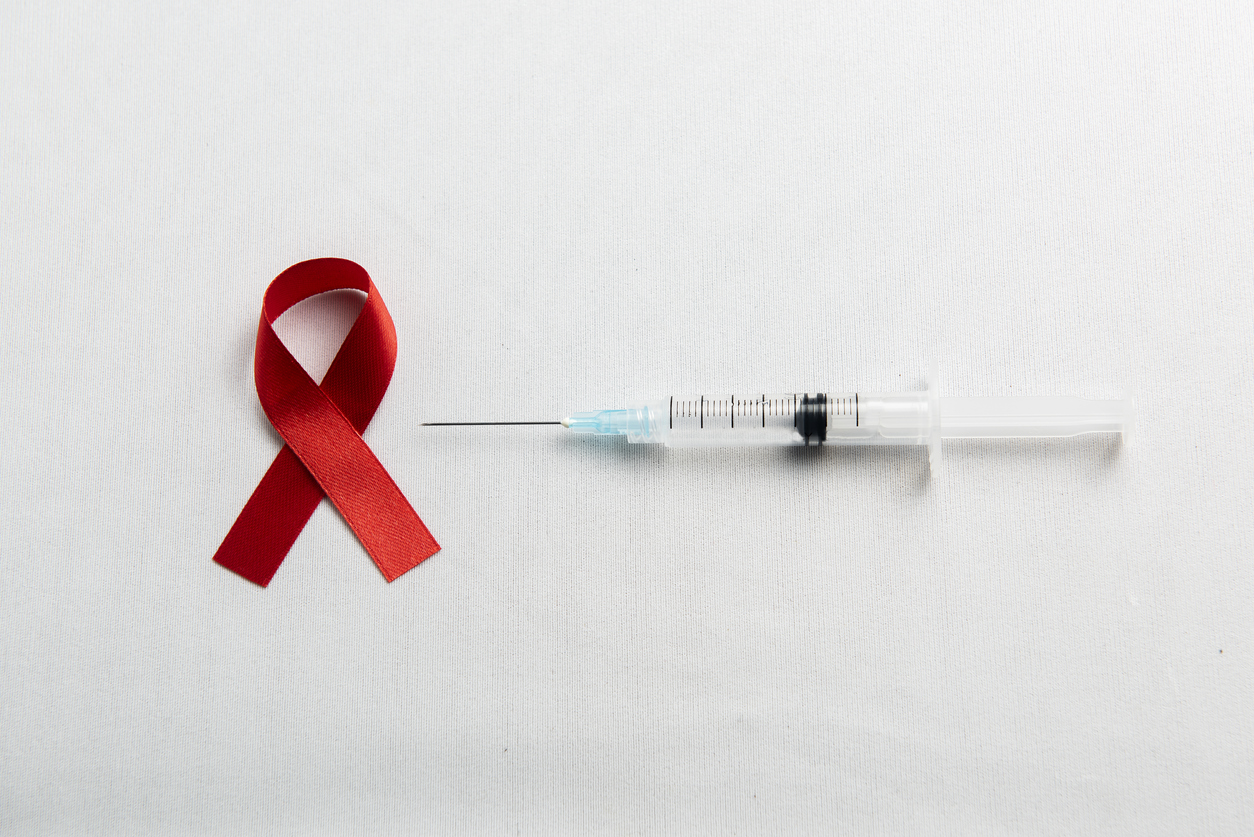2025-10-13
Keep moving... and going the distance after cancer?
Oncology
By Ana Espino | Published on October 13, 2025 | 3 min read
With the growing number of cancer survivors, care no longer ends with remission. Maintaining quality of life has become a key issue, notably through physical activity, which is recognized for its beneficial effects on fatigue, physical function, mood, and even risk of recurrence.
With the growing number of cancer survivors, care no longer ends with remission. Maintaining quality of life has become a key issue, notably through physical activity, which is recognized for its beneficial effects on fatigue, physical function, mood, and even risk of recurrence.
However, while exercise interventions during treatment yield short-term benefits, they often fail to produce lasting behavior change. Once the supervised program ends, many patients reduce their activity levels significantly due to lack of support or motivation. Long-term data on physical activity trajectories and risk factors hindering sustained engagement remain limited. Against this backdrop, this study aimed to identify long-term patterns of physical activity over five years following a supervised intervention and to determine the predictors of each trajectory among patients treated for breast, prostate, or colorectal cancer. The goal was to better understand how to design personalized and sustainable approaches in oncology care.
Who stays active after the intervention?
A total of 556 cancer survivors (breast, prostate, colorectal) who had participated in a 6-month supervised exercise intervention during treatment were included. Moderate-to-vigorous physical activity (MVPA) was objectively measured using activity monitors at seven time points over five years. To identify behavioral trajectories over time, the researchers used latent class growth modeling.
Four distinct trajectories emerged: a group with stable low activity (18%), a group with stable moderate activity (41%), a group with initially high activity followed by a gradual decline (28%), and a final group that maintained a consistently very high level of activity (13%).
Analyses revealed that individuals with higher BMI, lower physical fitness, low initial motivation, or female sex were more likely to belong to the low or declining activity trajectories. Conversely, participants with better baseline fitness, strong perceived self-efficacy, and high adherence to the initial program were more likely to maintain high activity levels long term. These findings highlight specific at-risk profiles, paving the way for targeted interventions aimed at sustaining physical activity among cancer survivors.
Toward more sustainable and tailored support
Cancer is a chronic condition, and its aftereffects persist well beyond medical treatment. Sustaining physical activity after remission is therefore crucial for long-term health and well-being yet remains challenging to achieve. This study sought to describe long-term patterns of physical activity following a structured intervention and to identify barriers to lasting engagement. The results show that only a minority of participants maintained a high level of activity over time, while most displayed stable or declining patterns, influenced by risk factors such as high BMI, low fitness, or low initial motivation.
Nevertheless, some limitations persist, warranting further research. Future studies should validate these trajectories in more diverse populations, incorporate psychosocial and behavioral factors, and develop long-term follow-up strategies tailored to at-risk groups. Ultimately, the goal is to transform short-term exercise programs into sustainable, personalized, and integrated survivorship care plans. Such an approach could significantly improve long-term quality of life for cancer survivors, establishing physical activity as a cornerstone of post-treatment support.
Read next: Combined exercise: a winning strategy for cardiorespiratory fitness after breast cancer
About the author – Ana Espino
PhD in Immunology, specialized in Virology

Last press reviews
Could cinnamon become a natural treatment for metabolic syndrome?

By Lila Rouland | Published on December 5, 2025 | 3 min read<br><br>...
Who is afraid of Christmas? Do holidays trigger psychiatric crises?

By Carolina Lima | Published on Décember 4, 2025 | 3 min read
Twice-yearly injections to change the game?

By Ana Espino | Published on December 3rd, 2025 | 3 min read